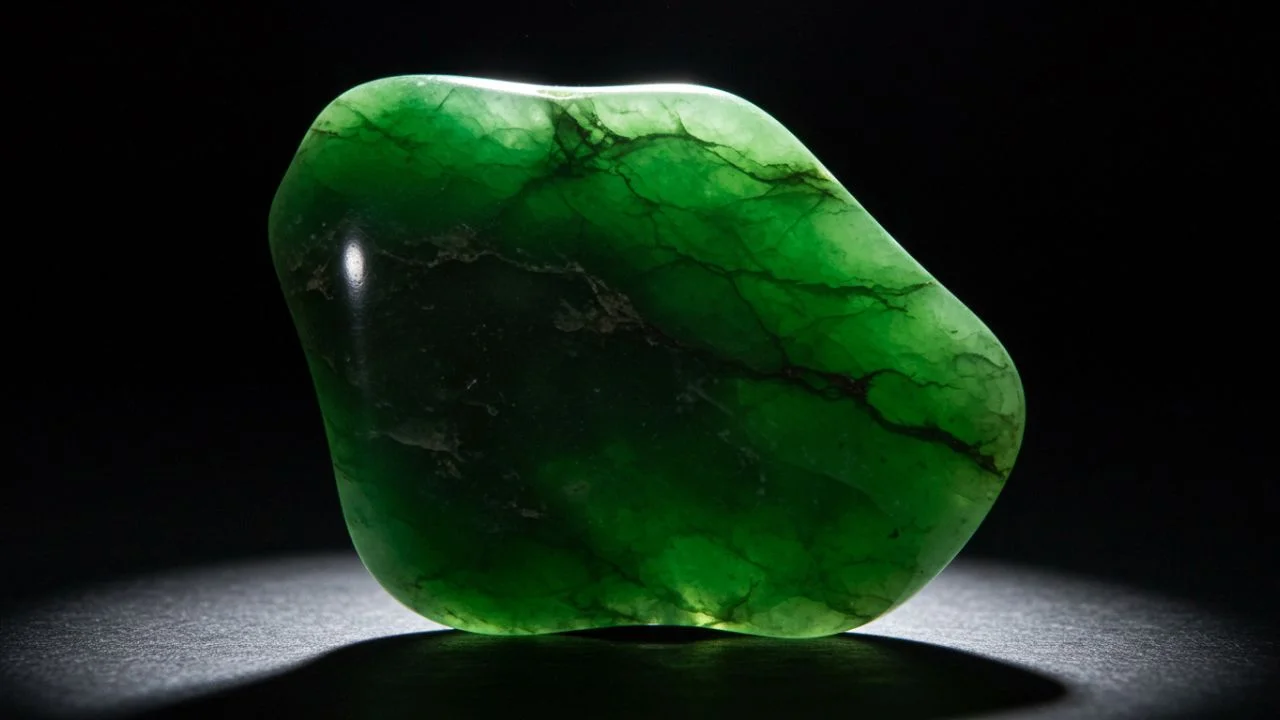Introduction to Jadeitový Kameň
Jadeitový kameň, or jadeite stone, has captivated cultures for centuries. With its stunning hues and smooth texture, this gem holds more than just aesthetic appeal; it carries deep historical and spiritual significance. From ancient civilizations that revered it as a symbol of power to modern enthusiasts who cherish its beauty, jadeite’s allure spans generations. In this post, we will explore the rich tapestry of jadeitový kameň’s history, geological wonders, cultural importance, and much more—revealing why it remains an enduring treasure in our world today.
Historical Importance
Jadeitový kameň has played a pivotal role in various cultures for centuries. In ancient Mesoamerica, the Olmecs and Maya used jade to create ceremonial artifacts, symbolizing wealth and power.
Similarly, in Chinese history, jade was revered as a stone of purity and moral integrity. The Chinese believed it could protect against evil spirits while promoting harmony and longevity. This deep-rooted appreciation has cemented jade’s status as more than just a gemstone; it’s an emblem of cultural identity across civilizations.
Geological Formation of Jadeitový Kameň
Jadeitový kameň, or jadeite, is a rare mineral formed under specific geological conditions. It originates from metamorphic rocks subjected to high pressure and temperature over millions of years. This process typically occurs in subduction zones where tectonic plates collide.
The primary sources of jadeite are found in Myanmar and Guatemala. The unique conditions lead to the creation of its distinctive crystal structure, making each piece a natural wonder. Variations in these formations contribute to jade’s diverse colors and qualities, adding to its allure for collectors and artisans alike.
Colors and Varieties
Jadeitový kameň comes in a stunning array of colors, each with its unique charm. The most recognized hue is rich green, often associated with high-quality jadeite. However, it can also be found in shades like white, lavender, yellow, and even black.
Each color variation signifies different meanings and values within various cultures. For instance, lavender jade is cherished for its soothing properties. Understanding these colors helps collectors appreciate the beauty and significance behind this remarkable stone.
Cultural and Spiritual Significance
Jadeitový kameň holds profound cultural significance across various civilizations. In ancient Mesoamerica, it was revered by the Maya and Aztec as a symbol of power, fertility, and life itself. Its presence in rituals and burial sites underscores its spiritual importance.
In East Asian cultures, particularly China, jade represents purity and moral integrity. It is often associated with virtues such as wisdom and courage. The stone is used in talismans to promote harmony and protect against negativity, reinforcing its deep-rooted spiritual role throughout history.
Healing Properties
Jadeitový kameň is often revered for its healing properties. Many believe it promotes emotional balance and harmony, helping to alleviate feelings of anxiety and stress. It’s thought to enhance the flow of positive energy throughout the body.
Additionally, this stunning stone is said to support physical well-being. Some practitioners advocate for its use in detoxification processes and as a remedy for kidney-related issues. Its soothing energy contributes to overall vitality, making it a popular choice among holistic health enthusiasts.
Modern Uses
Today, jadeitový kameň is highly prized for its beauty and versatility. Jewelry designers create stunning pieces, including earrings, pendants, and bracelets that showcase the stone’s rich colors. This appeals to both fashion enthusiasts and collectors alike.
Beyond adornment, jadeitový kameň finds applications in home decor. Sculptures, vases, and decorative items made from this gemstone add a touch of elegance to any space. Its popularity continues to grow as people increasingly appreciate its unique aesthetics and cultural significance.
Identifying Genuine Jadeitový Kameň
Identifying genuine jadeitový kameň can be tricky due to its imitations. Look for a smooth, waxy feel and a vibrant color that ranges from green to white. Authentic stones often have natural inclusions or variations.
Another key indicator is the stone’s weight; real jade is dense and heavier than most fakes. You can also perform the scratch test—real jade won’t easily scratch glass. Always consider purchasing from reputable dealers who provide certification of authenticity for peace of mind when buying this precious gem.
Caring for Jadeitový Kameň
Caring for jadeitový kameň is essential to maintain its beauty and integrity. Clean it regularly with a soft, damp cloth. Avoid harsh chemicals or abrasive materials that can scratch the surface.
When storing your jadeitový kameň, keep it in a separate pouch or box to prevent scratches from other gemstones. It’s best to avoid prolonged exposure to sunlight and extreme temperatures, as these can affect its color and quality over time. Proper care ensures this precious stone remains vibrant for years to come.
Buying Guide
When purchasing jadeitový kameň, consider its authenticity first. Look for reputable dealers who provide certification of origin and quality. This ensures you’re investing in genuine jade rather than a synthetic substitute.
Next, examine the stone’s color and translucency. High-quality jadeitový kameň should have vibrant hues with a clear appearance. Additionally, pay attention to craftsmanship if you’re buying jewelry; intricate carvings can enhance value significantly. Trust your instincts and educate yourself about various grades to make an informed decision.
Famous Artifacts and Pieces
Jadeitový kameň has a rich history reflected in numerous artifacts. The exquisitely carved jadeite pieces from the Ming and Qing dynasties are celebrated for their intricate designs. These historical treasures showcase the skill of artisans and the stone’s cultural importance.
One standout piece is the “Dancing Figure” from ancient Mesoamerica, representing spiritual beliefs intertwined with daily life. In addition, various ceremonial jade masks have been unearthed, highlighting its significance in rituals and elite burials across different civilizations.
Comparing Jadeitový Kameň Across Different Cultures
Jadeitový kameň holds a unique place in various cultures around the world, each attributing its own significance and values to this beautiful stone. In Mesoamerican societies, it was revered as a symbol of power and status, often reserved for the elite. The Chinese culture views jade as a representation of purity and moral integrity, leading to its use in traditional art forms.
In New Zealand, Māori tribes refer to jade as “pounamu,” which signifies strength and is intricately tied to their identity. Similarly, indigenous peoples in North America have historically used jade not only for ornamental purposes but also for tools and ceremonial items.
Despite regional differences, one common thread remains: Jadeitový kameň transcends mere aesthetics; it embodies cultural heritage and personal beliefs across civilizations. This timeless appeal solidifies its role as more than just a gemstone, it’s a bridge connecting us with history and spirituality worldwide.
Conclusion
Jadeitový kameň continues to captivate enthusiasts around the world, cherished for its beauty and rich history. Its unique properties make it a sought-after gem in both jewelry and art forms.
As cultures evolve, so does the appreciation for jade. From ancient civilizations to modern collectors, this exquisite stone retains its allure. It symbolizes not just elegance but also deep spiritual connections that resonate across generations. The enduring appeal of jadeitový kameň reflects humanity’s timeless fascination with nature’s treasures.

